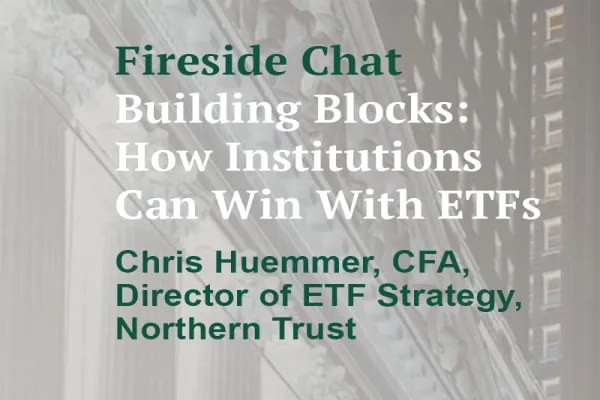Commodities could make a comeback in institutional portfolios over the next five years as more money flows into artificial intelligence and energy infrastructure, with some investors arguing the asset class could better diversify portfolios than cryptocurrencies.
Xponance CEO Tina Byles Williams told Institutional Investor that “long term, we could easily see another commodity boom,” thanks to increased infrastructure spending and “the insatiable search for compute power for AI.”
“Technology writ large requires a lot of data centers,” she added. The founder of the Philadelphia-based investment firm also noted that commodities “should be and will be a better diversifier, relative to equity risk,” than alternatives such as cryptocurrencies.
Commodities tend to go through long boom-and-bust cycles, with the last boom kicking off in 2020 after Covid shutdowns disrupted global supply chains followed by inflationary fiscal stimulus.
Absolute return investment advisor Resonanz Capital noted that commodities “are making a comeback” after “a decade of being overlooked,” due to persistent inflation and investors searching for better hedges against rising prices.
Added to that, energy transition policies are creating new demand. While it’s not yet clear what the long-term demand for such data centers will be worldwide, Ted Gardner, a portfolio manager at midstream and energy income manager Westwood Group, said in an email that “data centers will add to the demand” for energy overall, suggesting demand could reach as high as 20 billion cubic feet per day by 2030. (Total global energy investment is set to reach a record $3.3 trillion this year, according to a new report from the International Energy Agency.)
Because of their low correlation with stocks and bonds, commodities tend to be effective portfolio diversifiers. They can also hedge against inflation, since they typically increase in value along with prices.
Against this backdrop of rising energy demand, fiscal pressures are adding another layer of risk — particularly in bond markets. Byles Williams argued that the fiscal strength of the country and the debt trajectory are on an unsustainable path, which is why the Federal Reserve is keeping rates where they are.
“In late 2024, they tightened the noose on Congress and stiffened the spine of fiscal conservatives by the mini bond riot which raised rates,” she said. “This year, they don’t have the noose tightened; it’s just laying on the neck as a reminder that it's there.”
There’s another challenge that’s come up for investors looking to diversify. Byles Williams noted that the U.S. dollar “has for time immemorial acted as a defensive currency.” However, “it’s trading like a third world currency so far this year,” exacerbating rather than mitigating portfolio risk. This is not to say that it may lose its reserve status — she called that “crazy talk” — but she emphasized the importance that the dollar remain dominant as a reserve currency.







